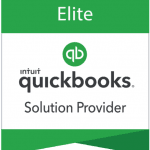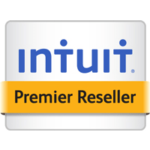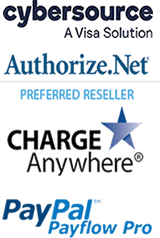Payment integration is more than just a trend or a buzzword. It is a useful step forward that allows businesses to streamline their processes and save time while minimizing their work loads and staying competitive. Integrating your QuickBooks point of sale software with your accounting program brings a host of advantages to most companies including the following:
Saved Payroll Hours
When your point-of-sale software syncs to your accounting software, you no longer have to transfer the numbers manually. Businesses no not have to devote payroll hours to noting sales and returns data in the accounting software or updating inventory lists based on sales. Rather, these processes are completely automated and require very little human input after the initial setup.
Fewer Mistakes
Because the work is automated, it is error free. There is no need to worry about incorrectly lining up the decimal point when entering revenue in your accounting software, forgetting to enter sales data, or failing to account for returns. In addition, you do not have to worry about having erroneous accounting information, filing your taxes incorrectly, and potentially facing fines, penalties or reassessed tax liabilities.
Everything that happens on your POS system — whether it is part of an in-person terminal or online — is instantly and accurately transferred to your accounting software as well as any other synced software.
Real-Time Updates
Accurate and instant integration between your QuickBooks point of sale software and your accounting software means you always have a clear snapshot of how your company is doing at the moment. There is no lag between sales and their reflection in your accounting software.
Auto-Synced Invoices
When you sync your POS system to your accounting software, it doesn’t just share numbers between these two types of software. The integration can also extend to your invoice tracking program. For example, if you issue an invoice using your POS software, your invoice recording software immediately reflects that fact. Similarly, if you collect payment for an outstanding invoice with your POS software, the payment is recorded immediately.
The integration ensures your records are always right. You don’t end up trying to collect invoices that have already been paid or forgetting about unpaid invoices. That protects your bottom line directly, but it also helps safeguard your image with your clients.
Improved Brand Image
Adding new technologies to your company lightens the workload for you and your crew, but ultimately, it also improves your brand image. Fewer mistakes, tighter processes, and more people on the sales floor or answering customer care calls are all side effects of payment integration, and they all reflect positively on your brand. In contrast, mistakes, overworked staff members and lack of inventory control reflect poorly on your brand.Luckily, QuickBooks point of sale payment integration addresses all of these issues.
Integrated Inventory Tracking
Integrated payment software solutions from Paygration can also work hand in hand with your inventory software. If someone buys a product, that info is relayed to your inventory software. There, it can be posted to a list that you can manually assess later to decide which items you want to restock based on your sales. Alternatively, you could set up your inventory software so that it automatically orders certain items every time they are sold. That reduces the amount of time you need to devote to inventory management, and it ensures you almost always have ample stock of your signature products.
If you are ready to save time and money, it’s time to contact Paygration. We can tell you more about the benefits of QuickBooks point of sale and accounting software integration, and we can help you craft a customized integrated system to improve your business and optimize your bottom line.






